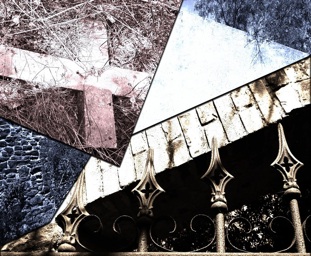
The Marqués de Croix reported to King Carlos of Spain that only through the settlement of families in this volatile new territory of Nueva España would Spain’s hold on the land be ensured. In March of 1731, José Antonio Peres de Casanova arrived in San Antonio as part of an immigration expedition representing sixteen families from the Spanish Canary Islands.
Many early settlers failed to withstand the remote area and the destructive repercussions associated with the indigenous Lipan Apaches and Comanches. Jose Peres persevered, and on the land between the Leon and Medina Rivers he built his home and raised his family. He married Paula Granado with whom he had eight children. Cattle raising was the primary source of income for the Peres family. Although the land had been legally claimed by Mission San José, it was agreed that Jose Antonio Peres de Casanova’s entrepreneurial cattle-ranching skills benefitted the mission community so he was permitted to continue to practice and reside there with his family.
Under Juan Ignacio Pérez, the grandson of Jose Peres born in 1761, the Pérez cattle ranching dynasty flourished. Jose inherited his grandfather’s love for the land and the cattle. His focus was to extend the Pérez family ranch; he became a true frontiersman.
In 1908 the Pérez family was given a land grant of approximately 12 statute miles west of the Medina to graze their stock. The Pérez family’s rancho now included more than 20,000 acres. It is still known as “the oldest family-owned ranch in Texas.”
Remnants of the house and chapel built by the Pérez family exist today on property adjacent to the Land Heritage Institute--acreage which was worked by the Pérez family and their descendants until the 1990's.

